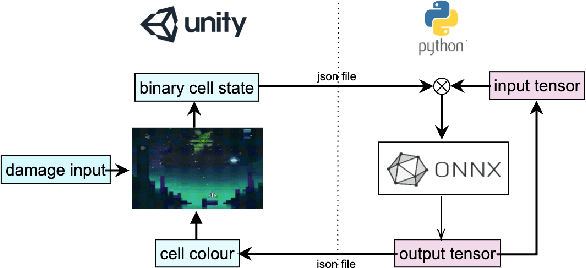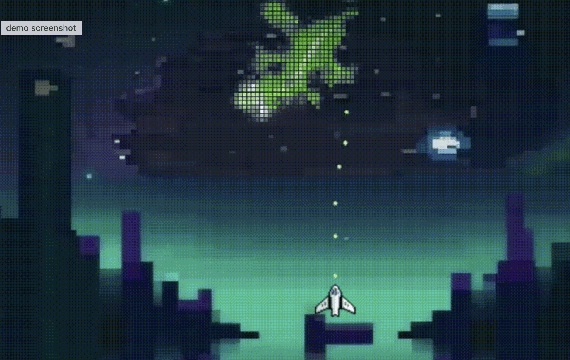Takahide Yoshida
A Concurrent Modular Agent: Framework for Autonomous LLM Agents
Aug 26, 2025Abstract:We introduce the Concurrent Modular Agent (CMA), a framework that orchestrates multiple Large-Language-Model (LLM)-based modules that operate fully asynchronously yet maintain a coherent and fault-tolerant behavioral loop. This framework addresses long-standing difficulties in agent architectures by letting intention emerge from language-mediated interactions among autonomous processes. This approach enables flexible, adaptive, and context-dependent behavior through the combination of concurrently executed modules that offload reasoning to an LLM, inter-module communication, and a single shared global state.We consider this approach to be a practical realization of Minsky's Society of Mind theory. We demonstrate the viability of our system through two practical use-case studies. The emergent properties observed in our system suggest that complex cognitive phenomena like self-awareness may indeed arise from the organized interaction of simpler processes, supporting Minsky-Society of Mind concept and opening new avenues for artificial intelligence research. The source code for our work is available at: https://github.com/AlternativeMachine/concurrent-modular-agent.
Minimal Self in Humanoid Robot "Alter3" Driven by Large Language Model
Jun 17, 2024Abstract:This paper introduces Alter3, a humanoid robot that demonstrates spontaneous motion generation through the integration of GPT-4, Large Language Model (LLM). This overcomes challenges in applying language models to direct robot control. By translating linguistic descriptions into actions, Alter3 can autonomously perform various tasks. The key aspect of humanoid robots is their ability to mimic human movement and emotions, allowing them to leverage human knowledge from language models. This raises the question of whether Alter3+GPT-4 can develop a "minimal self" with a sense of agency and ownership. This paper introduces mirror self-recognition and rubber hand illusion tests to assess Alter3's potential for a sense of self. The research suggests that even disembodied language models can develop agency when coupled with a physical robotic platform.
From Text to Motion: Grounding GPT-4 in a Humanoid Robot "Alter3"
Dec 11, 2023Abstract:We report the development of Alter3, a humanoid robot capable of generating spontaneous motion using a Large Language Model (LLM), specifically GPT-4. This achievement was realized by integrating GPT-4 into our proprietary android, Alter3, thereby effectively grounding the LLM with Alter's bodily movement. Typically, low-level robot control is hardware-dependent and falls outside the scope of LLM corpora, presenting challenges for direct LLM-based robot control. However, in the case of humanoid robots like Alter3, direct control is feasible by mapping the linguistic expressions of human actions onto the robot's body through program code. Remarkably, this approach enables Alter3 to adopt various poses, such as a 'selfie' stance or 'pretending to be a ghost,' and generate sequences of actions over time without explicit programming for each body part. This demonstrates the robot's zero-shot learning capabilities. Additionally, verbal feedback can adjust poses, obviating the need for fine-tuning. A video of Alter3's generated motions is available at https://tnoinkwms.github.io/ALTER-LLM/
Automata Quest: NCAs as a Video Game Life Mechanic
Sep 23, 2023

Abstract:We study life over the course of video game history as represented by their mechanics. While there have been some variations depending on genre or "character type", we find that most games converge to a similar representation. We also examine the development of Conway's Game of Life (one of the first zero player games) and related automata that have developed over the years. With this history in mind, we investigate the viability of one popular form of automata, namely Neural Cellular Automata, as a way to more fully express life within video game settings and innovate new game mechanics or gameplay loops.
* This article was submitted to and presented at Alife for and from Video Games Workshop at ALIFE2023, Sappro (Japan)
 Add to Chrome
Add to Chrome Add to Firefox
Add to Firefox Add to Edge
Add to Edge